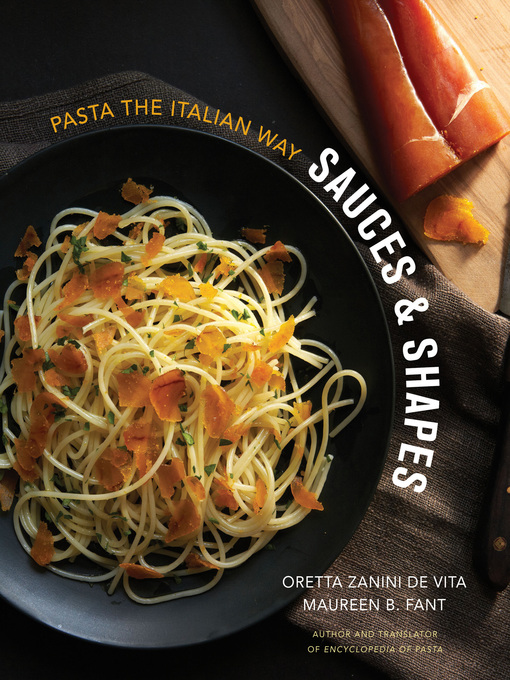Winner of the International Association of Culinary Association (IACP) Award
The indispensable cookbook for genuine Italian sauces and the traditional pasta shapes that go with them.
Pasta is so universally popular in the United States that it can justifiably be called an American food. This book makes the case for keeping it Italian with recipes for sauces and soups as cooked in Italian homes today. There are authentic versions of such favorites as carbonara, bolognese, marinara, and Alfredo, as well as plenty of unusual but no less traditional sauces, based on roasts, ribs, rabbit, clams, eggplant, arugula, and mushrooms, to name but a few.
Anyone who cooks or eats pasta needs this book. The straightforward recipes are easy enough for the inexperienced, but even professional chefs will grasp the elegance of their simplicity.
Cooking pasta the Italian way means:
Serving and eating pasta the Italian way means:
The authors are reluctant to compromise because they know how good well-made pasta can be. But they keep their sense of humor and are sympathetic to all well-intentioned readers.


